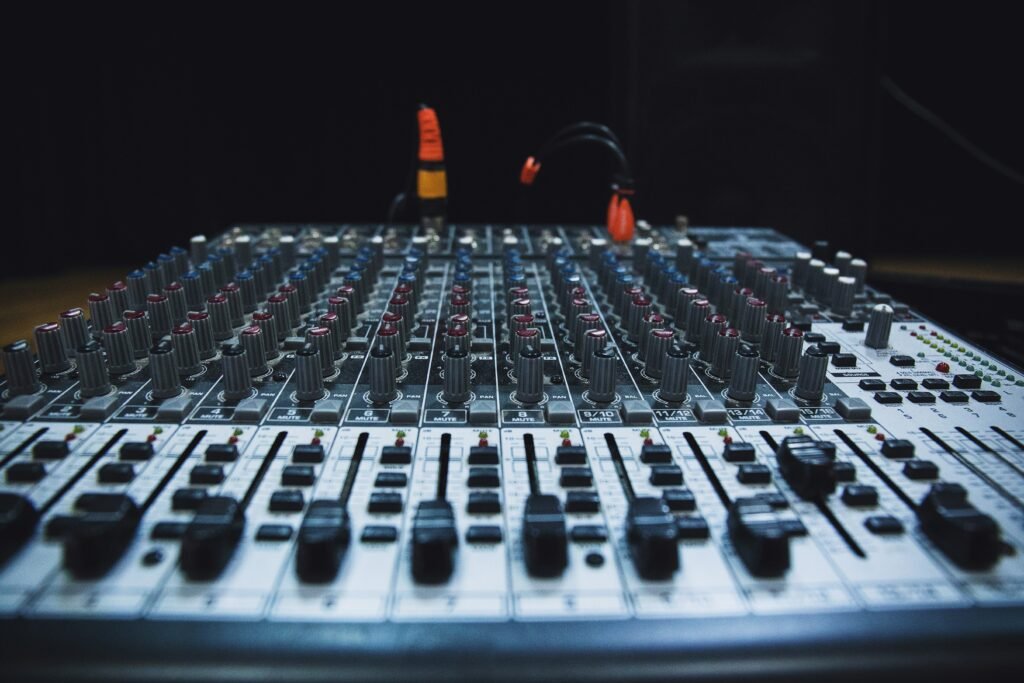Advice
Mastering Sound Design for Film
Sound design, often called the “invisible art,” plays a pivotal role in filmmaking. Although it may go unnoticed, sound can shape a viewer’s experience, evoking emotions, establishing atmosphere, and immersing audiences fully in the story. This guide dives into the essentials of sound design, from foundational techniques to creative applications, to show how audio can elevate your film.
Understanding the Fundamentals of Sound Design
Sound design is built on core audio elements. At its foundation are dialogue, sound effects, ambience, music, and silence—each a tool for setting the film’s tone. These components combine to create depth and meaning, transforming simple scenes into compelling experiences.
To work effectively with sound, it’s essential to grasp technical basics like frequency ranges, dynamic range, and signal flow. Understanding digital audio and acoustics further enables designers to create a clean, immersive soundscape that enhances every element of the story.

Crafting Immersive Atmospheres
Sound is key to creating a believable world. Through environmental sound, designers build the atmosphere of each scene, blending room tone, background activity, and location-specific details. This layer of sound grounds the audience, making them feel as if they’re inside the story rather than watching from afar.
Sound also creates emotional atmosphere, whether it’s tension in a thriller or tranquility in a drama. Strategic sound choices amplify emotions, subtly guiding the audience’s responses and enhancing the narrative. Through tonal shifts, subliminal sound effects, and progressions in the score, designers can establish a lasting emotional impact.
Designing and Integrating Sound Effects
Sound effects are a powerful way to add realism and emotion to film. Foley artists craft everyday sounds like footsteps or door creaks, while “hard effects” capture more distinct sounds like gunshots or explosions. These effects, alongside background sounds and signature elements, form the backbone of a film’s sonic identity.
To create these sounds, designers use recording techniques, manipulation, layering, and sound synthesis. Each effect is carefully processed and positioned within the mix, helping to enhance the film’s realism. The strategic integration of sound effects ensures that each sound feels authentic and aligns with the visual storytelling.
The Art of Mixing and Editing
The mixing and editing stage brings together the technical and creative aspects of sound design. Balancing levels, applying EQ, and adjusting spatial placement allows for a clean, cohesive mix that supports each scene. Creative choices made during mixing, like emphasizing certain sounds or shaping transitions, drive the story forward and draw attention to key moments. Every sound serves the narrative, whether it’s a subtle atmospheric effect or a powerful music cue. A thoughtful mix ensures that sounds blend seamlessly, while still providing dynamic range and clarity. This careful balance can make or break the audience’s immersion in the film.
Advanced Techniques and Practical Implementation
Advanced sound techniques, such as spatial audio and immersive soundscapes, elevate a film’s auditory depth. Surround sound, binaural recording, and height channels create three-dimensional experiences that further immerse the viewer. For instance, object-based audio allows sounds to move independently, adding realism and enhancing the viewer’s connection to the scene.
The sound design process requires clear planning and teamwork. Asset management, workflow organization, and collaboration with other departments keep the production on track. Budgeting, equipment selection, and team communication are also essential to maintaining quality sound production without overspending.
Conclusion
Sound design is both a technical and artistic discipline that can elevate a film in ways often invisible to the audience. By mastering the fundamentals, building immersive atmospheres, and making thoughtful creative choices, sound designers transform stories and bring them to life. Embracing these techniques, along with ongoing practice and innovation, will help you create soundscapes that not only support the story but also resonate deeply with viewers, leaving a lasting emotional impact.
Bolanle Media is excited to announce our partnership with The Newbie Film Academy to offer comprehensive courses designed specifically for aspiring screenwriters. Whether you’re just starting out or looking to enhance your skills, our resources will provide you with the tools and knowledge needed to succeed in the competitive world of screenwriting. Join us today to unlock your creative potential and take your first steps toward crafting compelling stories that resonate with audiences. Let’s turn your ideas into impactful scripts together!